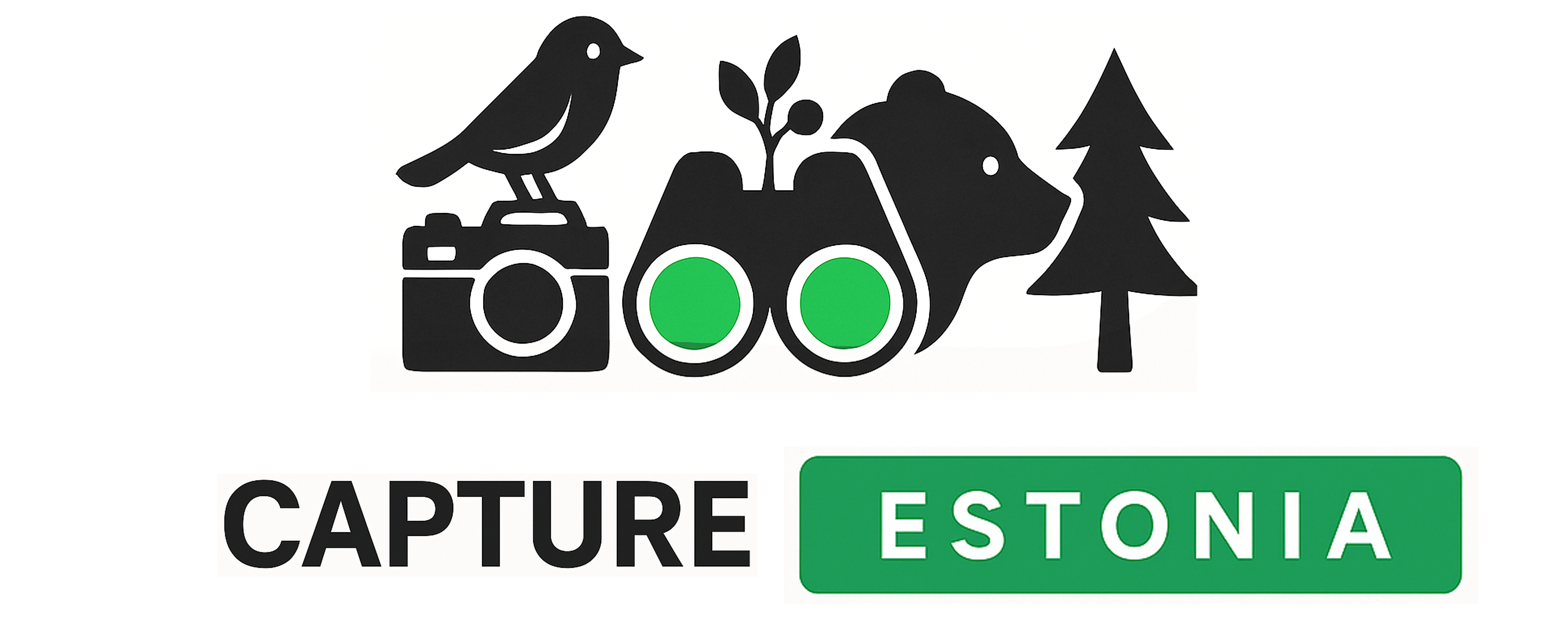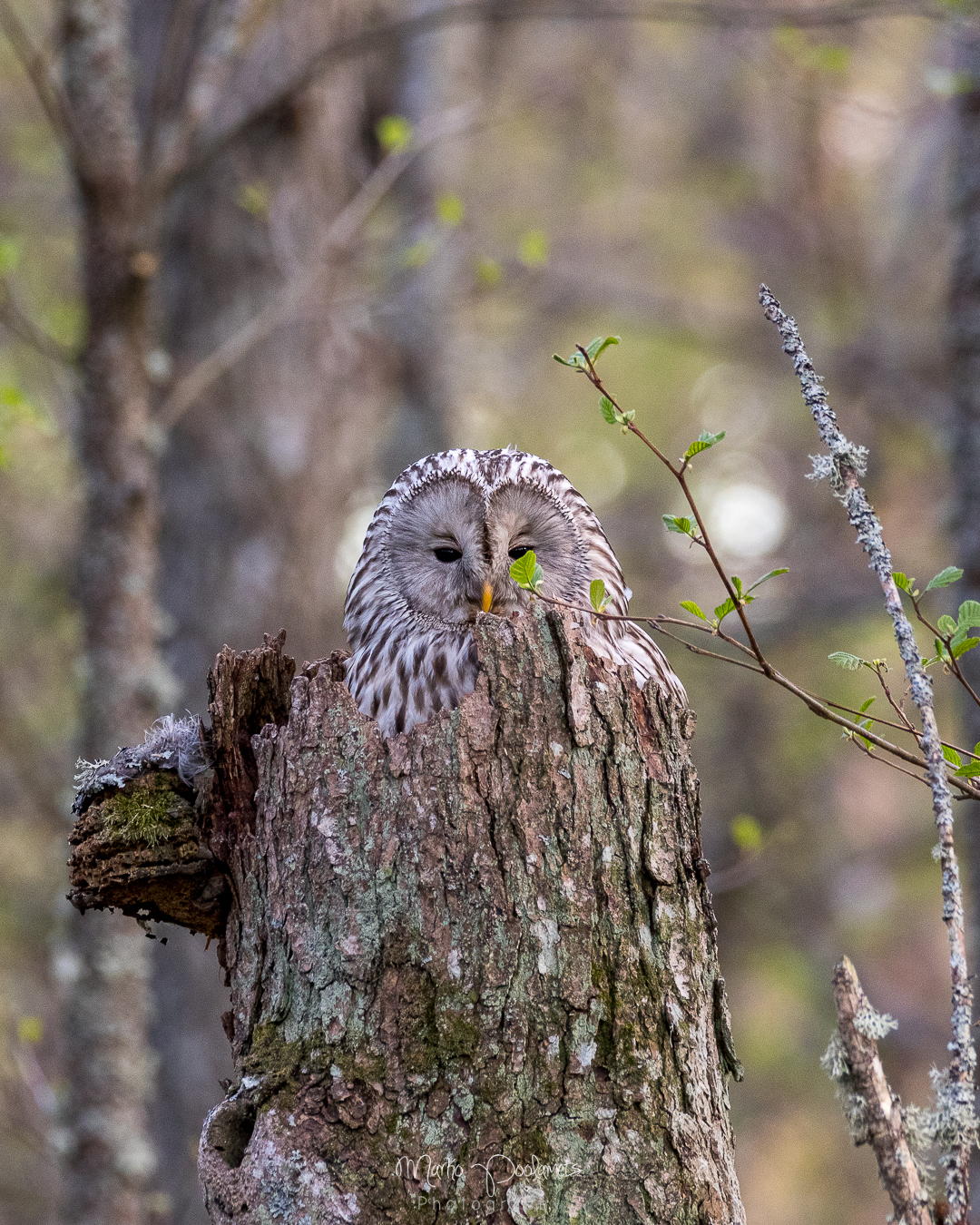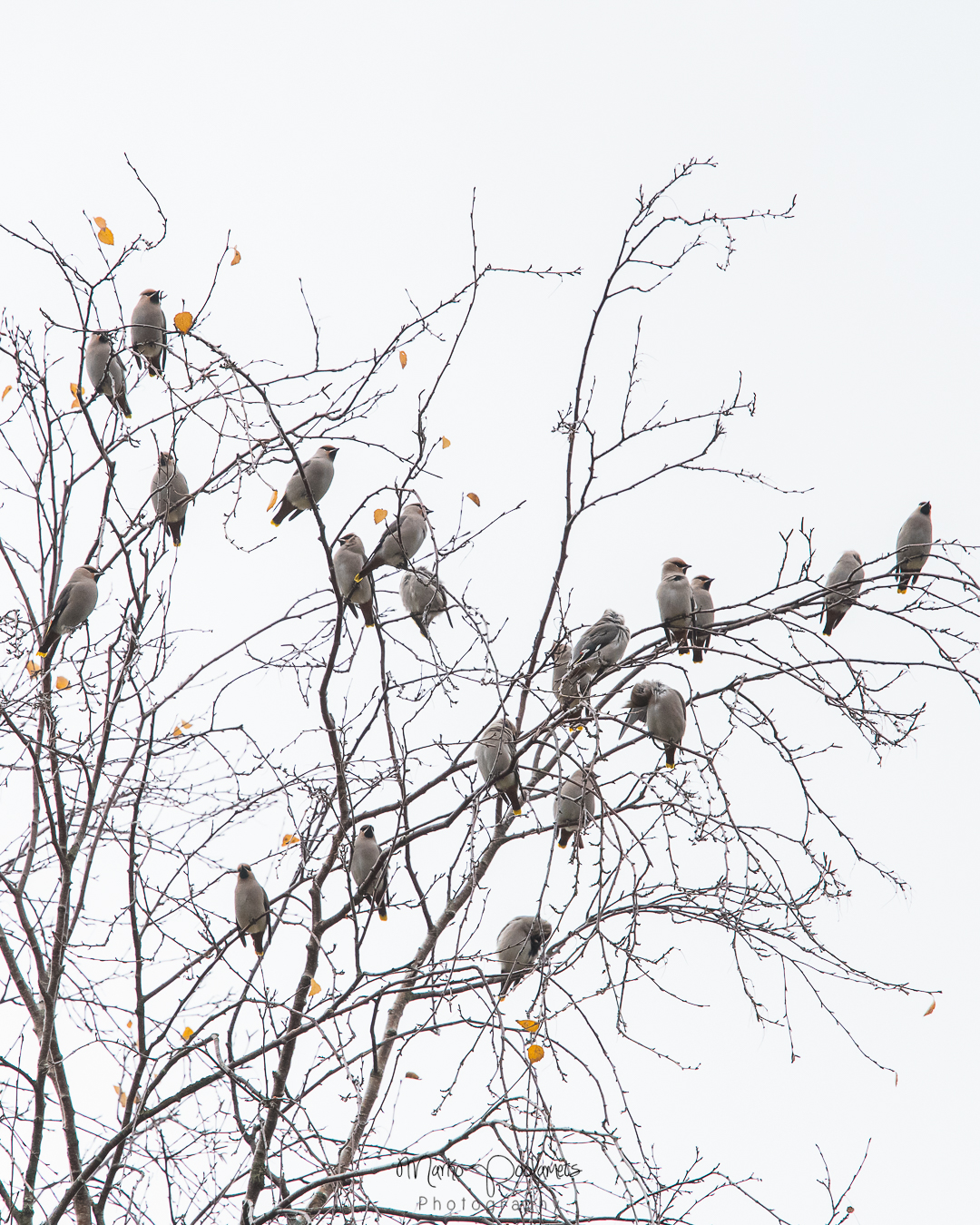- +372 5684 3743
- info@capture-estonia.ee
© 2025 Capture Estonia Nature and Photography Tours
Posts about birdwatching estonia
Latest Comments
No comments to show.
© 2025 Capture Estonia Nature and Photography Tours. Created with ❤ using WordPress and Kubio




